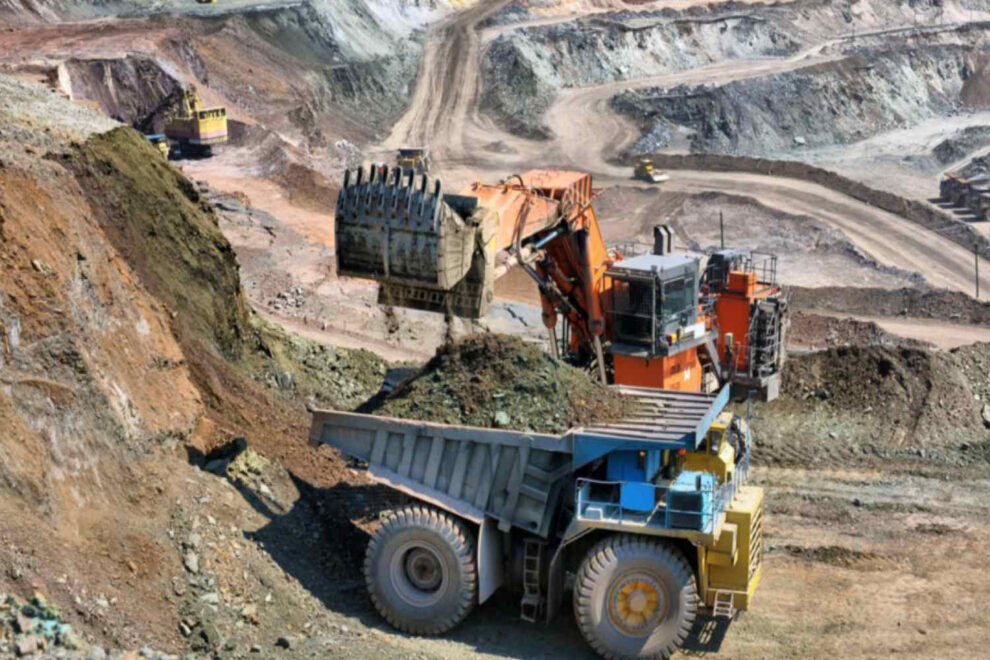Essential for the production of various high-tech devices and equipment such as smartphones, electric vehicles, wind turbines and medical equipment, the demand for Rare Earth Elements (REE) has increased exponentially in recent years as many countries around the world prioritize the energy transition and the subsequent adoption of renewable energy technologies.
For Africa, this opens up a unique opportunity for the continent to capitalize on its significant mineral resource wealth, with the continent offering the highest mineral deposits globally.
However, in order to ensure mineral development translates into long-term and sustainable economic growth, there lie several ways that the continent can maximize its REEs.
Enhancing Exploration and Production
For many African countries, enhancing exploration and production has become a top priority given the fact that demand for REEs is expected to increase to 315,000 metric tons. Despite offering a rich endowment of commodities, most of these resources remain largely untapped in Africa owing to inadequate investment and low levels of exploration.
In 2021, for example, the mining exploration budget in sub-Saharan Africa represented the second lowest in the world, increasing by only 12% from 2020 – compared to increases of 62% in Canada, 39% in Australia and 37% in the U.S. Additionally, majority of exploration is concentrated on gold rather than REEs, and if the continent is to capitalize on growing global demand for REEs, exploration and finance needs to be directed accordingly.
Strengthening Infrastructure
In addition to exploration, priority needs to be placed on developing supportive infrastructure to improve the extraction and processing of raw minerals. While the continent’s resources are highly attractive, infrastructure deficits have essentially made Africa a difficult place to mine, deterring investment and preventing maximization.
The development of roads, rail, power plants and ports will be key for getting commodities to regional and global markets, and a number of African countries have already taken strides to this effect. South Africa for example, which saw a 15% decline in mineral sales last year owing to logistical challenges, has implemented a series of reforms aimed at improving the state of freight rail, such as opening key routes to third party operators. Guinea-Conakry announced the construction of a $300 million liquefied natural gas provision and distribution network that will power the country’s nascent mineral processing value chain. With other large-scale infrastructure projects taking off, maximizing the continent’s mining industry is becoming more feasible.
Developing Local Value Chains
For years, the majority of Africa’s mineral resources have been destined for export to international markets, with the continent relying on the import of mineral products that have been processed elsewhere. As such, in order to maximize the benefits of the REE industry, countries need to build local value chains that enable the production of finished products. Zimbabwe, for example, has taken measures to ban the export of lithium as a raw material with the aim of encouraging the development of local value chains and processing facilities.
Requiring investment, the development of domestic value chains will only be possible through the creation of enabling environments, both for foreign capital and for local businesses to thrive.
Utilizing Regional Trade Agreements
As countries begin to turn their attention to the creation of domestic markets in Africa, value creation through the utilization of regional trade agreements has opened new opportunities for resource maximization across the continent. Owing to the high costs of rare earths separation facilities, regional agreements such as the African Continental Free Trade Agreement (AfCFTA) enable countries to collaboratively process and distribute minerals, thereby sharing costs while enhancing value addition.
Regional cooperation has already seen agreements unlocked between African countries. Zambia and the Democratic Republic of the Congo (DRC), for example, signed an agreement for the establishment of a regional value chain by manufacturing batteries using domestic mineral resources. Angola, Zambia and the DRC signed an agreement for the joint management of a trade corridor that would transform the way regional minerals are distributed. As many other countries begin to see the benefits of regional trade ties, a new era of mineral wealth and economic growth is in sight for Africa.
Attracting Foreign Investment
A key way to advance value creation, kickstart projects and position mining as a central economic driver is the attraction of foreign capital. From exploration to infrastructure to value chain development, foreign investment remains key for Africa’s mineral future, and requires a multi-faceted approach. Securing foreign capital should be based on the reduction of regulatory barriers, the creation of an enabling environment for business and the implementation of attractive fiscal policies. As demand increases globally, so does competition, and Africa needs to position itself as the destination of choice for investors if it is to compete in global capital pools.
Secondly, priority needs to be placed on transparency, which, coupled with political and economic stability represents a determining factor for investors. Thirdly, support from various governmental institutions and local companies will help attract foreign players, with public-private partnerships seen to advance project certainty and rollout. Through these measures, Africa’s status as a preferred destination for foreign capital can be strengthened.
Source : EnergyCapitalPower
















